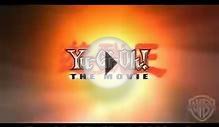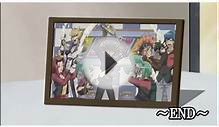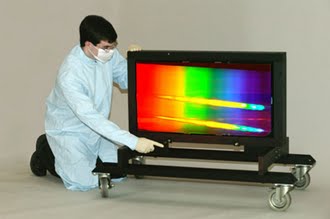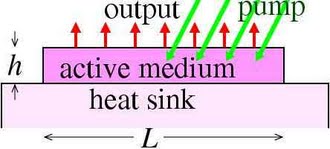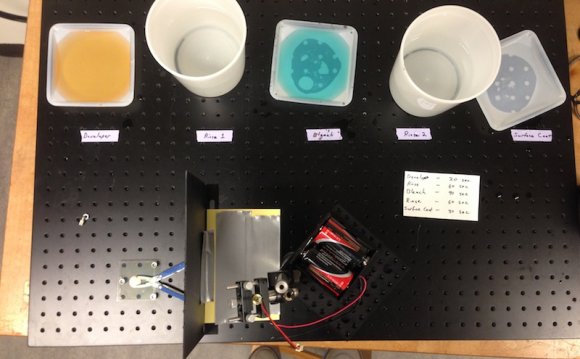
Denisyuk contributed to the development of the hologram by using Lippmann's photographic process to make reflection holograms which could be viewed in color if more than one coherent source was available. In his method the beam was passed through the photographic emulsion and back reflected from the object. The emulsion could then be mounted on a reflective backing for viewing by reflected light.
Above are two views of a Denisyuk demonstration hologram. It is composed of a very thick emulsion mounted on a reflective backing. At first glance it will look like a black, shiny piece of film. But with an overhead light, you can find a position where the image will appear, as shown above right. You can see the image with ordinary room light because of the action of the thick emulsion.
Optimum viewing of the holographic image was found with a small flashlight held back as far as practicable from the image. The photo at left was taken under those conditions. The depth of field of the image depends upon the vergence of the light from the source.
This view of the same image was photographed with the flashlight close to the hologram. Although it is brighter, there is severe loss of depth of focus. The marching band figurines are also viewed from a different angle, showing the true 3-dimensional nature of the holographic image.
RELATED VIDEO
